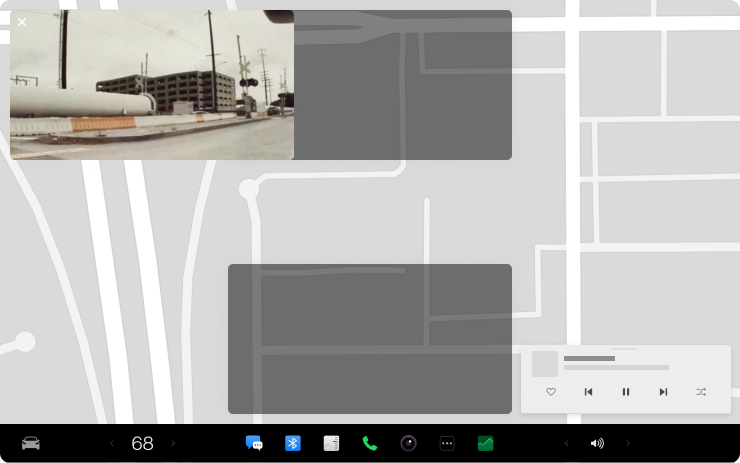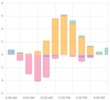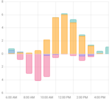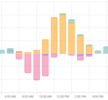I finally got around to playing with some Python code and the Teslapy module to use the excess solar to charge my car. My daughter (11 yo) helped out over the school holidays to get her more involved in programming. We started off by using ChatGPT to generate sample code for extracting the data from my Fronius inverter and then we borrowed bits of code from the Teslapy documentation, TesSense by @israndy and Suncatcher by @Haselsmasher.
Today was a good test of the code as there was intermittent cloud cover. I check for the solar, house power draw and export data every 60 seconds, changing the amps accordingly. If I have to stop charging then I wait 5 minutes before evaluating whether to charge again or not. There is also some buffer to allow for 1,500 W, but I'm going to increase the to 2,000 W to see if that helps with some grid usage creeping in. Ultimately the clouds are annoying! I saw 13 kW drop to 3kW as clouds pass over.
Anyway, here is the output from today. The grey is solar production, blue line is house consumption and yellow is solar consumption.

The bump from 6 am is the heat pump coming on for the hot water. Then I started charging the car after 9 am and finished before 1 pm. The block of usage that drops off after 3 pm is the pool pump. The solar system is 15 kW and I have 3 phase.
I'll clean up the code (my first Python program) and post it to Github for others to look at over the weekend.
Today was a good test of the code as there was intermittent cloud cover. I check for the solar, house power draw and export data every 60 seconds, changing the amps accordingly. If I have to stop charging then I wait 5 minutes before evaluating whether to charge again or not. There is also some buffer to allow for 1,500 W, but I'm going to increase the to 2,000 W to see if that helps with some grid usage creeping in. Ultimately the clouds are annoying! I saw 13 kW drop to 3kW as clouds pass over.
Anyway, here is the output from today. The grey is solar production, blue line is house consumption and yellow is solar consumption.
The bump from 6 am is the heat pump coming on for the hot water. Then I started charging the car after 9 am and finished before 1 pm. The block of usage that drops off after 3 pm is the pool pump. The solar system is 15 kW and I have 3 phase.
I'll clean up the code (my first Python program) and post it to Github for others to look at over the weekend.






